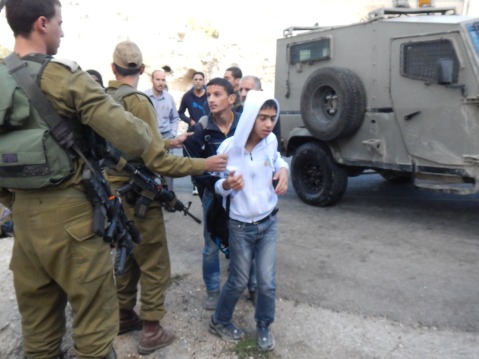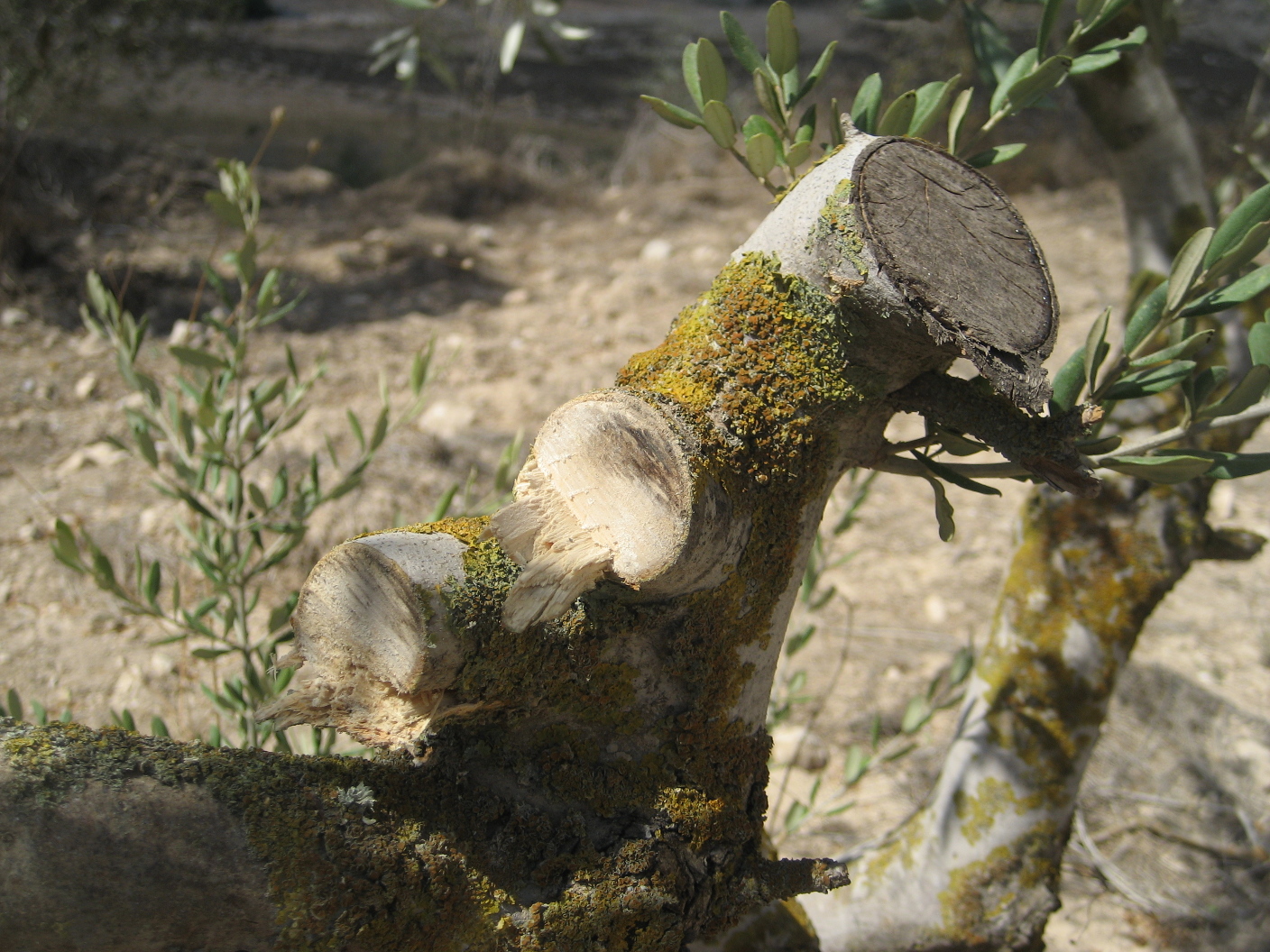Category: Reports
-
Updated: Four children arrested on their way to school
7th October 2013 | International Solidarity Movement, Khalil Team | Hebron, Occupied Palestine Update 10th October: Two of the four children are now being held in Ofer Prison in Ramallah. They have been in custody since Sunday (6/10/13) morning. More updates will be published when they are available. ******* Yesterday, Sunday the 6th of October, at 7:40…
-
Settlers steal olives from 110+ trees in Abu Huwar
7th of October | International Solidarity Movement, Team Nablus | Deir Sharaf, Occupied Palestine On the 5th of October, local farmers discovered that the olives from more than one hundred trees had been stolen, and that another ten trees had been damaged or destroyed. Abu Huwar farm, belonging to Yasser Fuqaha, Sidqi Fukaha, Mustafa Fuqaha…
-
48 young olive trees destroyed in South Hebron Hills
4th October 2013 | International Solidarity Movement, Operation Dove | Qawawis, Occupied Palestine Yesterday morning, 3rd October, Palestinians discovered 48 olive trees destroyed alongside bypass road 317 near the South Hebron Hills area village of Qawawis. The olive tree grove belongs to Ali Shetat from Qawawis and had been planted six years ago. At 10…



